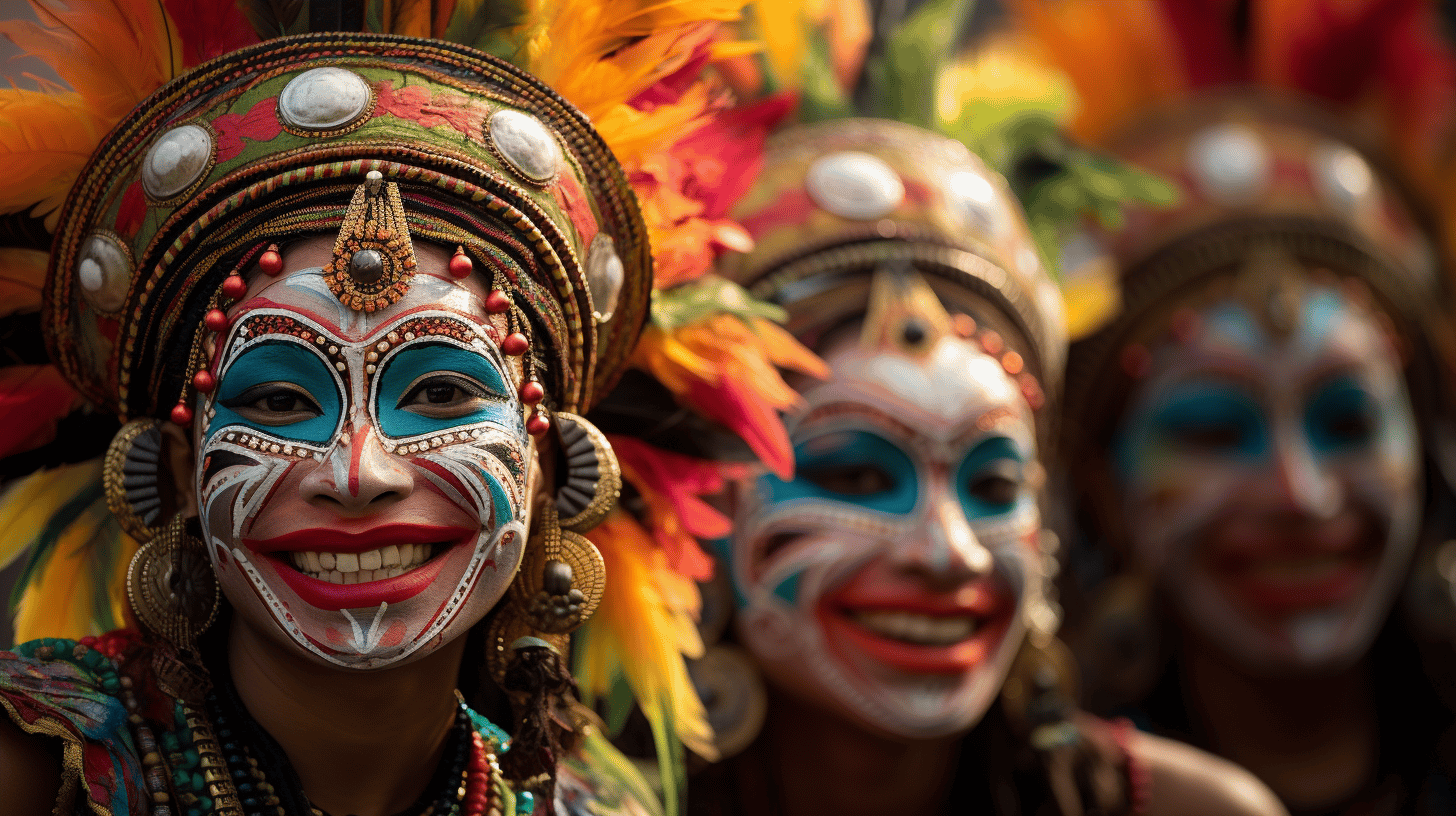Travel photography is an art that combines a love of exploration with a passion for visual storytelling. From stunning landscape vistas to vibrant street scenes, every destination offers unique photographic opportunities. However, capturing exceptional travel photos requires more than just a keen eye and a camera. In this article, we’ll unravel the secrets of exceptional travel photography and share tips and techniques for creating captivating images that will transport you back to those memorable moments.
Table of Contents
- Preparation and Planning
- Selecting the Right Equipment
- Mastering Essential Techniques
- Understanding Composition Principles
- Working with Light
- Post-processing and Editing
- Ethics in Travel Photography
- Finding Inspiration
1. Preparation and Planning
Half the battle in capturing incredible travel photos begins with thorough preparation and planning. Familiarize yourself with your destination’s culture, people, and attractions to have a better understanding of where to focus your efforts.
- Research: Read about the location you’re visiting, look at other photographers’ work, and take note of potential photo opportunities.
- Storytelling: Consider the story you want to tell through your images and plan shoots accordingly.
- Timing: Plan when you want to be at specific sites, keeping in mind factors such as crowds, lighting conditions, and events.
- Backup plan: Be prepared for unexpected circumstances, such as bad weather, by having alternative shoot locations and flexible plans.
2. Selecting the Right Equipment
Your choice of gear can have a significant impact on your travel photography. Consider the following equipment guidelines:
- Camera: Choose one that suits your needs and experience level. Mirrorless cameras, like Sony’s, offer a compact and lightweight option.
- Lenses: Opt for a versatile lens, such as a 24-70mm or 18-135mm, which can handle various situations. Consider prime lenses for specific needs, like low light or wide-angle shots.
- Accessories: Invest in a sturdy tripod, external flash, and spare batteries. Don’t forget a comfortable bag to carry your gear.
3. Mastering Essential Techniques
Honing your technical skills can significantly improve the quality of your travel images. Investment in mastering the following techniques:
3.1. Mastering Focus
Ensure your subject is sharp and well-defined by:
- Using autofocus (AF) or manual focus (MF) mode as needed.
- Selecting the appropriate AF area mode based on the subject.
- Employing focus peaking in manual focus mode for accurate focus.
3.2. Understanding Exposure
Manage the exposure triangle (aperture, shutter speed, and ISO) to create well-exposed images:
- Utilize aperture priority mode for control over depth of field.
- Use shutter priority mode when capturing action or working with slow shutter speeds.
- Adjust ISO to maintain optimal exposure in challenging lighting conditions.
3.3. High Dynamic Range (HDR) Photography
High Dynamic Range (HDR) photography involves blending multiple exposures to capture greater detail in high contrast scenes, such as sunrises and sunsets. Learn how to create HDR images by:
- Bracketing your exposures.
- Using a tripod for stability.
- Merging images in post-processing software, like Adobe Lightroom or Photoshop.
4. Understanding Composition Principles
An essential aspect of great travel photography is strong composition. Learn to apply these guiding principles:
- Rule of Thirds: Imagine a 3×3 grid overlaid on your frame, and place your subject along those lines or at their intersections.
- Leading Lines: Use natural or architectural lines to guide the viewer’s eye to the main subject.
- Framing: Utilize natural frames, such as archways or tree branches, to create a point of interest.
- Balance: Ensure your composition feels balanced by distributing visual weight evenly throughout the frame.
5. Working with Light
Light has a significant influence on the mood and impact of travel photographs. Consider these tips to make the most of available light:
- Golden Hour: Capitalize on the warm, golden light during sunrise and sunset.
- Blue Hour: Leverage the cool, diffused light before sunrise and after sunset.
- Mid-day: Try shooting in the shade, utilizing reflections, or incorporating contrast for visually interesting shots during harsh mid-day light.
6. Post-processing and Editing
Edit your images to create polished, professional results that suit your creative vision. Focus on:
- Correcting exposure, white balance, and color balance.
- Enhancing contrast and clarity.
- Applying filters and effects to achieve a unique look.
- Retouching and removing distracting elements, using tools like the healing brush or clone stamp.
- Cropping and straightening for improved composition.
7. Ethics in Travel Photography
Responsible travel photography means being respectful of local cultures and environments, as well as prioritizing people’s dignity and privacy. Remember to:
- Ask for permission before photographing people or private property.
- Respect cultural norms and sacred locations.
- Minimize your impact on the environment and wildlife.
8. Finding Inspiration
Stay inspired by continuously learning and seeking inspiration from various sources like:
- Travel photography blogs and websites, such as Wimarys.com.
- Social media accounts of professional travel photographers.
- Photography workshops, courses, and clubs.
- Collaborating with fellow travelers and photographers.
Exceptional travel photography is achievable with the right knowledge, skills, and passion. By following these guidelines, you’ll be well on your way to creating captivating images that transport viewers to new and exciting destinations.

0 Comments